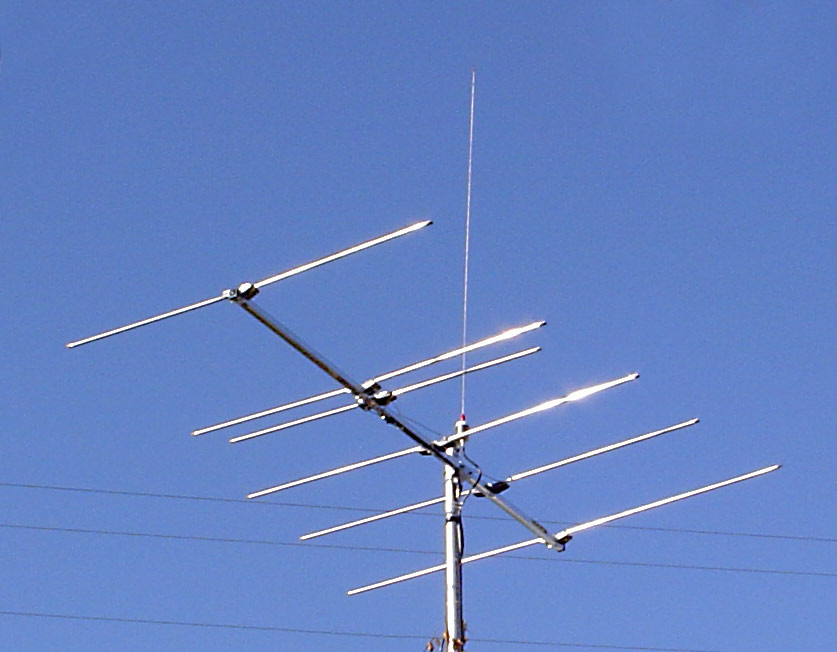JRhoBurton
All roads lead to music
About a year and a half ago, I noticed that a favorite station was broadcasting in mono (KUER, SLC Utah). The stereo light on my Dynaco FM-5 showed stereo on all other local stations. Listening confirmed it was indeed mono. This went on for a week or two. I looked up the station engineer's email address and asked him what was going on. He said there was a problem relating to their HD feed that required them to broadcast standard FM in mono, and they were working on a fix. A couple of days later it switched back to stereo.
Now it's happening again. Been mono for 3 weeks or more. Anyone know what kind of problem would cause this?
John
Now it's happening again. Been mono for 3 weeks or more. Anyone know what kind of problem would cause this?
John



